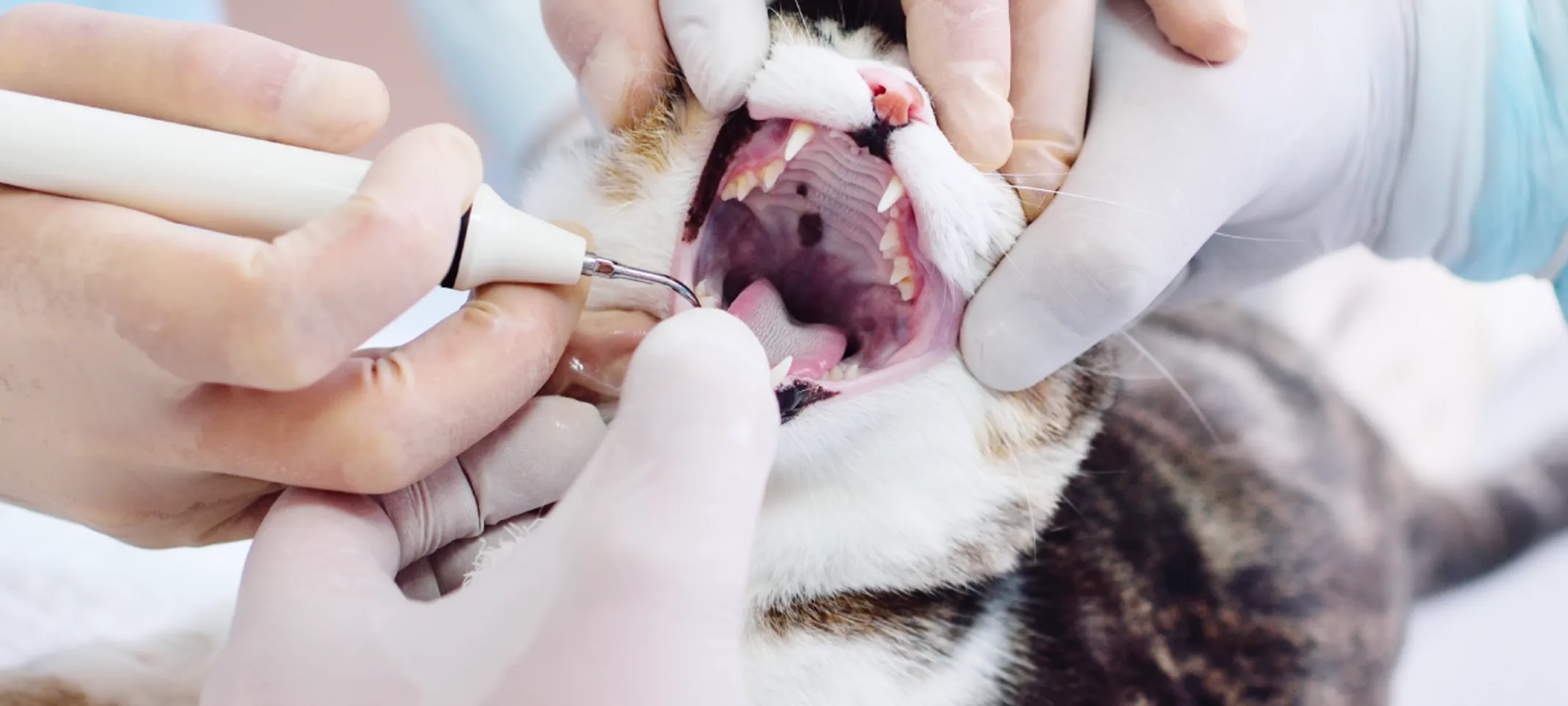I-20 Animal Medical Center
Feline Odontoclastic Resorptive Lesion Treatments

In human medicine, these lesions are called external (outside) or internal (inside the tooth) resorption. How and why these occur is still a mystery in human and feline medicine. We do know that for some strange reason, when these resorptive lesions occur, the cells that form a tooth all of a sudden attack the cementum or dentin from which the tooth is made. The cells no longer recognize “self” as self. This can either be from the outside attacking the inside or from the inside attacking the outside. It is not a rare condition in cats.
This condition or disease is the equivalent of an open cavity right at the cat’s gum line. To give you an idea of the pain involved, consider the feeling of having a small toothbrush abrasion at your gum line. It causes very sensitive teeth. Imagine having a large open lesion just millimeters away from the nerve, and you can get the idea of what your cat is experiencing. Human dentists see this condition every few hundred patient visits, but unfortunately, it is far more frequent in cats, and we treat them often at I-20 Animal Medical Center.
FORLs (feline odontoclastic resorptive lesions), as we call them, are usually seen at the cat’s gum line. They will look like a small to larger cavity on X-rays but often only show up visually, at an initial exam, as a red area at the gum line. These need to be treated immediately to reduce pain.
Cats that develop FORLs in some teeth will usually develop new FORLs in other teeth in the future, so annual oral examinations are recommended to identify new lesions as they develop. Catching these lesions and treating them early is the key to saving the teeth and making your cat’s life so much better.
Schedule pet dental care at I-20 Animal Medical Center by calling 817.478.9238.
